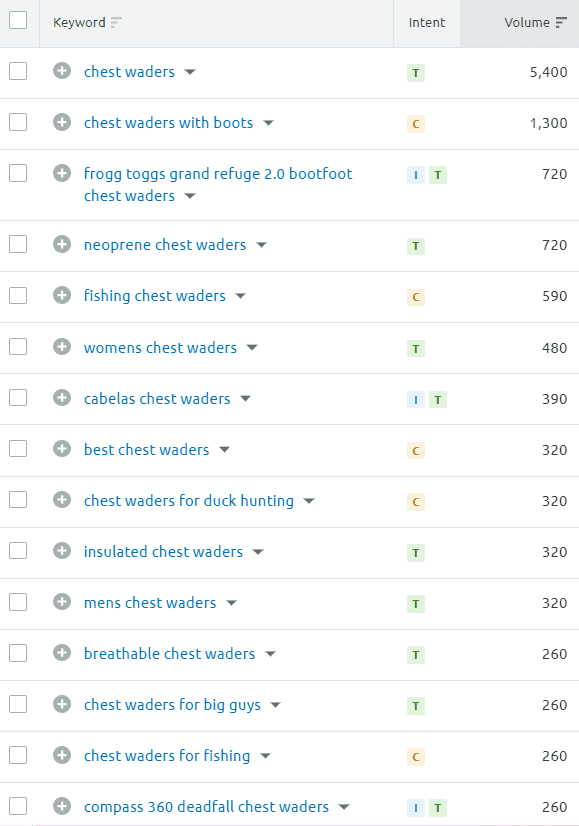
Did you know that 89% of people in the US shopped at a Walmart store last year?
At BigCommerce’s 2021 Make it Big Conference, Michael Mosser, GM of Seasonal & Entertainment at Walmart Marketplace, sat down with our very own MaryAnn Bekkedahl, SVP of Global Business Development, to discuss new ways to grow your business with one of the leading omnichannel solutions.
Michael Mosser’s Key Takeaways at Make it Big 2021
In this Make it Big 2021 session, Michael breaks down the main components to a successful omnichannel approach, what’s new with Walmart Marketplace, and how sellers can leverage omnichannel to sell and win more.
Here are a few key takeaways from Michael Mosser’s Make it Big session:
MaryAnn Bekkedahl: At BigCommerce, we encourage our merchants to adopt a four-pillar approach that takes into account sales channels, marketing, operations, and fulfillment. What do you see, Michael, as the critical components to having a balanced omnichannel approach?
Michael Mosser: “As we’ve seen in the last 18 months, how and where customers shop can change in an instant, right? It can be due to trends, it can be new technology, it could be factors completely outside our control, like a global pandemic. The retailers and brands that were in are the most successful are those that are able to quickly pivot and meet customers where and how they shop. I think the main thing retailers have to do is to understand that customers see your brand, not your organization chart, or not your preferred delivery channel. You have to be proactive in meeting customers where they’re shopping and invest your time and energy to ensure that each channel where the customer is going to be coming in contact with your brand is creating a consistent customer experience for them.”
MAB: According to Digital Commerce 360, Walmart is for the first time projected to be the second-largest online retailer in North America. In addition, I think I saw that your marketplace GMV more than doubled in 2020, all those home gym supplies and hair clippers and things like that on top of growth that was well underway as you guys built out the marketplace strategy. It’s clear the Walmart Marketplace is an amazing omnichannel solution for merchants. Who should be selling on Walmart, who should not be selling on Walmart, because I think there are some merchants that really aren’t a fit for your platform or your audience, and what types of customers will merchants find on your platform?
MM: “For Walmart, we’re building a marketplace around transparency, trust, and fairness for both our sellers and our customers, fundamental principles for us. As we talked about earlier, you have to have your products where the customers are shopping. Walmart has 120 million unique shoppers coming to our website every month looking for great products and you want to have your products in front of those customers and be part of that conversation.
Second, we vet every seller that applies to sell on the Walmart Marketplace. We do this to ensure that we’re having the highest quality items at the best prices and with sellers that we know are going to be providing a great experience for our buyers. We do this because it builds trust for our customers and then ultimately that increases customer loyalty and traffic and sales for our marketplace partners.
In terms of the types of customers that you’ll find in the Walmart Marketplace, Walmart really represents America, right? 89% of the people in the United States shopped at a Walmart store last year. 90% of the population is within 10 miles of a Walmart store. To dive into a few specifics that you may not know about the customer, more than half of walmart.com customers are medium-to-high household income and are homeowners. Our largest generational segment is millennials. Over a third of our customers are between the ages of 23 and 38. Then more than half of our online shoppers are married or partnered and nearly half have children, so we’re talking about households, so it really is this representation of America. If you’re looking to drive material incremental sales through a marketplace channel and your foundational principles are around trust and transparency and fairness, then you should be selling on the Walmart Marketplace.”
MAB: Obviously, selling on the Walmart Marketplace gives sellers a tremendous opportunity to reach the mass of shoppers that come to Walmart. We’ve talked a little bit about how they can stand out and create that edge and compete with other sellers of similar products. In doing so, how do you re-commend that a brand retain its brand identity and that connection it has with customers through the brand that they built either on social channels or on their own site as they evolve into this bigger sea of the Walmart Marketplace?
MM: “It’s a great question. Brand is so important. Walmart has built the marketplace, as we mentioned earlier, around transparency, trust, and fairness, and looking to have a process by which we’re looking closely at the sellers who we’re bringing to the marketplace, so they’re going to be providing a good environment for our seller community overall. One of the things that’s great about a marketplace is as customers are coming onto the marketplace and shopping for your brand, it’s a new opportunity to reach this customer and deliver a brand experience to a customer who might not otherwise be shopping on your own website. So every touchpoint that you have, whether it’s your item images or your descriptions like we talked about, all of those things are ways to convey your brand to the customer. Also, especially through customer service, you have the ability to control those things on the marketplace, and so it’s an opportunity for the customer to really experience your brand.”






